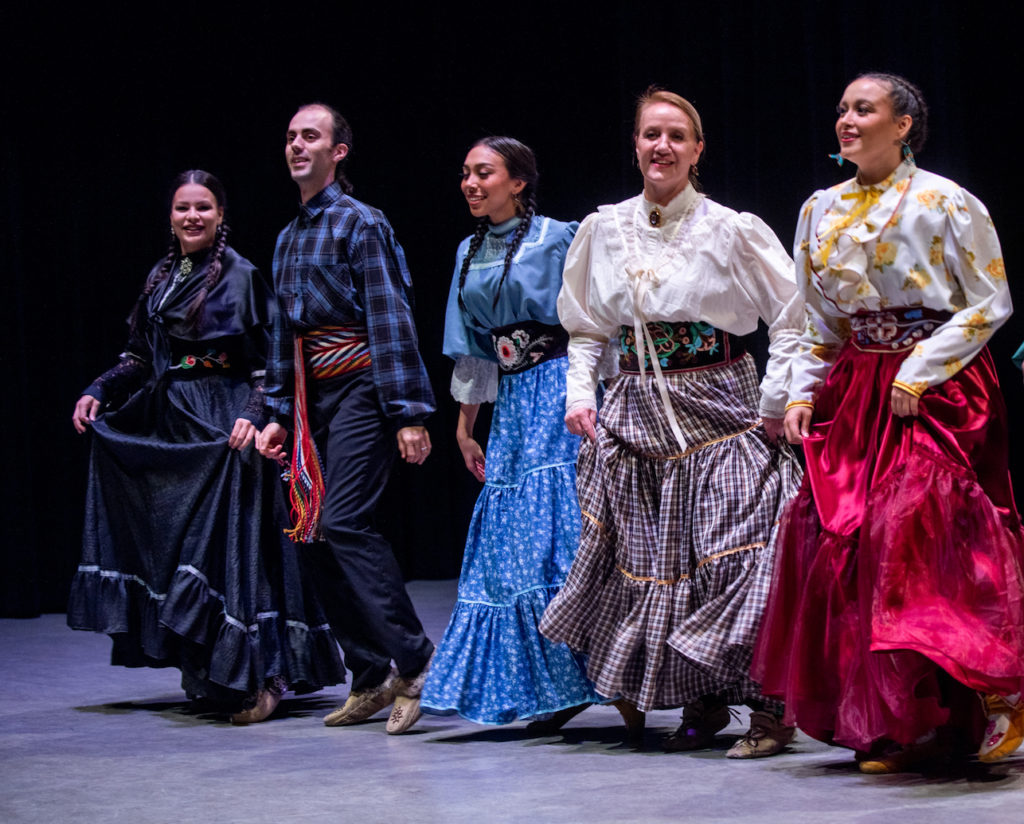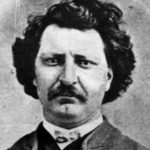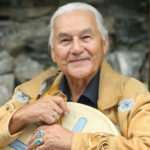Celebrating Louis Riel: V’ni Dansi shares Métis stories - Vancouver Ballet Society
- Home
- Features 2020 - 2023
- Celebrating Louis Riel: V’ni Dansi shares Métis stories

By Kristen Lawson
Louis Riel was considered a traitor by the Canadian government, which hanged him on November 16, 1885 for his role in the North-West Resistance.Yet he remains a symbol of strength and resilience to the Métis people, who consider him a hero for fighting to protect their lands.
Vancouver’s Compaignie V’ni Dansi is holding their 17th annual Louis Riel Day celebration on November 12 featuring music, song, and dance by Métis artists. Artistic director and master jigger Yvonne Chartrand wants to “awaken and ignite a Mitchif worldview inspiring people of all nations.”

V’ni Dansi — which means “come and dance” in Mitchif, a language of mixed French and Nêhiyawak (Cree) origins — performs both contemporary and traditional dances, aiming to honour the traditional aspects of Métis culture as well as to embrace innovations. Traditional Métis jigs, like the Red River Jig and La Danse du Canard, are a mix of European and Indigenous influences. They have poised upper bodies and feet lifting no higher than the ankle bone. V’ni Dansi performs these jigs, as well as more modern Métis square dances and reels.

Contemporary jigging pays homage to its roots, but is less structured, allowing more movement in the torso and arms. Young artists continue to evolve the practice with influences such as hip hop and tap, and use full-body movements like cartwheels, the Charleston, and the moonwalk.

In 2005, Chartrand attended her first Louis Riel Day, put on by the Saskatchewan Native Theatre Company and Métis elder Maria Campbell. She was inspired to create her own celebration in Vancouver the following year, introducing a new work called The Crossing, written and directed by Campbell. It was based on a trio of previous V’ni Dansi contemporary works which together tell the story of the Manitoba and Saskatchewan resistances from a Métis perspective rather than a colonial one.

These resistances were sparked after the Hudson’s Bay Company sold Rupert’s Land (aka the Métis homeland) to Canada in 1869. This area stretches from southwestern Ontario as far as parts of the Northwest Territories and British Columbia. Fearing the loss of social and cultural status, the Métis rejected Canadian authority over their land, and Riel emerged as a major political leader.
In 2022, after one digital and then one hybrid Louis Riel Day event, V’ni Dansi’s in-person celebration is back in full swing. It will reignite the tradition of getting the entire audience onto the dance floor for the grand finale.

The company has also been able to expand outside of BC this year, bringing in artists from Saskatchewan. One is Maria Campbell, who published her groundbreaking memoir Halfbreed in 1973. Chartrand describes her as “an incredible storyteller,” who will lead a storytelling workshop with the community.
Renowned fiddler and Indigenous elder Winston Wuttunee will also be present. “He plays every instrument that you can imagine. He’s a great comedian and he does all these really funny jigs.”
Chartrand invites anyone who is interested to learn more about Métis culture to “v’ni dansi — come and dance” at the celebration on November 12. “It’s good for people to hear our stories and understand who we are. We haven’t stopped celebrating our culture — it’s what carries us forward, what brings us together as a community. Also, it’s a lot of fun!”

